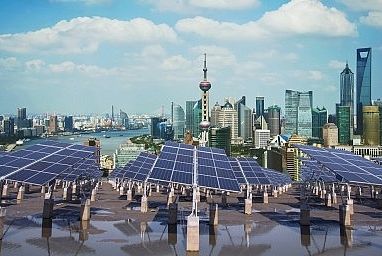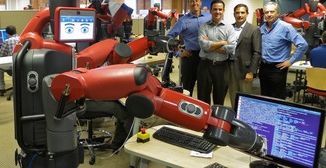Excellent read and a true point about the need for some additional data laws with our ever exploding information overload world.
Laws for Mobility, IoT, Artificial Intelligence and Intelligent Process Automation
If you are the VP of Sales, it is quite likely you want and need to know up to date sales numbers, pipeline status and forecasts. If you are meeting with a prospect to close a deal, it is quite likely that having up to date business intelligence and CRM information would be useful. Likewise traveling to a remote job site to check on the progress of an engineering project is also an obvious trigger that you will need the latest project information. Developing solutions integrated with mobile applications that can anticipate your needs based upon your Code Halo data, the information that surrounds people, organizations, projects, activities and devices, and acting upon it automatically is where a large amount of productivity gains will be found in the future.
There needs to be a law, like Moore’s infamous law, that states, “The more data that is collected and analyzed, the greater the economic value it has in aggregate.” This law I believe is accurate and my colleagues at the Center for the Future of Work, wrote a book titled Code Halos that documents evidence of its truthfulness as well. I would also like to submit an additional law, “Data has a shelf-life and the economic value of data diminishes over time.” In other words, if I am negotiating a deal today, but can’t get the critical business data I need for another week, the data will not be as valuable to me then. The same is true if I am trying to optimize, in real-time, the schedules of 5,000 service techs, but don’t have up to date job status information. Receiving job status information tomorrow, does not help me optimize schedules today.






 Silent cancer refers to those types of cancer which are undiagnosed in early stages. This is due to asymptomatic nature of the disease which makes it difficult to identify the disease till it progresses to advanced stages. Major silent types of cancer include brain, cervix, esophagus, mouth and larynx, ovarian, pancreatic, kidney, and liver cancer. Some silent types of cancer such as ovarian cancer, esophageal cancer, and pancreatic cancer show symptoms in their early stages. Ovarian cancer occurs in epithelium or lining cells of the ovary. Major signs and symptoms of ovarian cancer include pain or cramps in the belly, nausea, abnormal vaginal bleeding, and bloating. Pancreatic cancer is one of the fastest growing types of cancer worldwide. Esophagus cancer is more common among the older population, compared to adults. This cancer is mainly treated by chemotherapy, surgery, and radiosurgery. Moreover, physicians also use combination therapy for the treatment of silent cancer. For instance, the combination of radiation therapy and chemotherapy is very effective in the treatment of silent cancer.
Silent cancer refers to those types of cancer which are undiagnosed in early stages. This is due to asymptomatic nature of the disease which makes it difficult to identify the disease till it progresses to advanced stages. Major silent types of cancer include brain, cervix, esophagus, mouth and larynx, ovarian, pancreatic, kidney, and liver cancer. Some silent types of cancer such as ovarian cancer, esophageal cancer, and pancreatic cancer show symptoms in their early stages. Ovarian cancer occurs in epithelium or lining cells of the ovary. Major signs and symptoms of ovarian cancer include pain or cramps in the belly, nausea, abnormal vaginal bleeding, and bloating. Pancreatic cancer is one of the fastest growing types of cancer worldwide. Esophagus cancer is more common among the older population, compared to adults. This cancer is mainly treated by chemotherapy, surgery, and radiosurgery. Moreover, physicians also use combination therapy for the treatment of silent cancer. For instance, the combination of radiation therapy and chemotherapy is very effective in the treatment of silent cancer.

